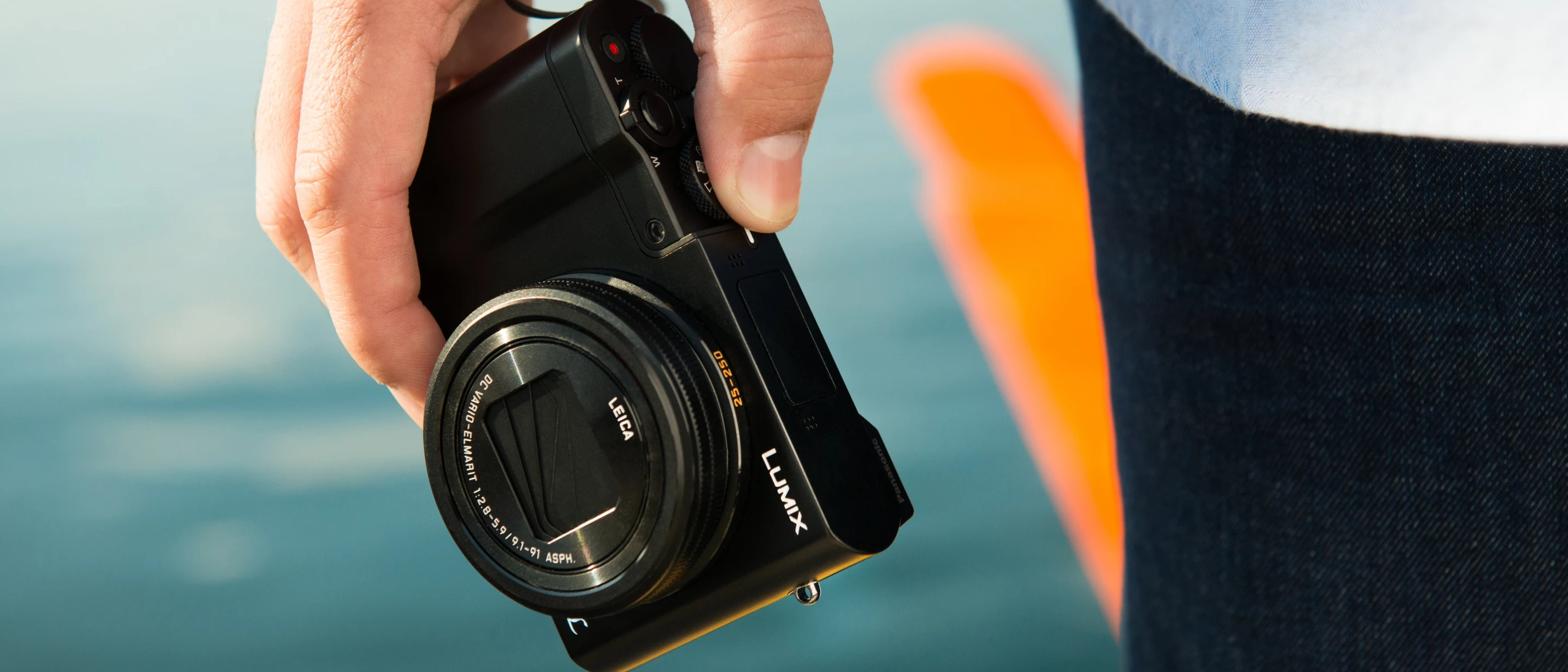Our Verdict
Superb for travel and wonderful for taking everywhere, the Panasonic Lumix ZS100/TZ100 is a great camera for anyone who’s fed up with the physical limitations of a smartphone. The image quality from its 1-inch sensor is surprisingly good in all different situations, and the clever 4K video features genuinely expand its versatility. The viewfinder is a bit rubbish, but if that doesn’t bother you, this is a camera to take on every trip.
For
- Take-everywhere form factor
- Impressive image quality
- Generous zoom range
Against
- Requires a firm grip
- Poor-quality EVF
Why you can trust Creative Bloq
In our Panasonic Lumix ZS100/TZ100 review (‘ZS’ in the USA, ‘TZ’ in most other markets), we’re looking back at a fine example of an increasingly rare breed of camera, the travel compact. With big zooms and small bodies, these cameras are perfect for holidays and exploring, though they have been somewhat usurped in recent years by the convenience of the smartphone.
• 21MP 1in CMOS sensor
• 25-250mm equivalent f/2.8-5.9 lens
• Contrast-detect, 49-area autofocus system
• 10fps continuous shooting
• 3in, 1,040k-dot fixed LCD
• Electronic viewfinder with 1,166k dots and 100% coverage
• 111 x 65 x 44mm
• 312g (with battery and memory card)
Still, the Panasonic Lumix ZS100 was a better photographic tool than most smartphones when it was released all the way back in 2016, and it still is today thanks to its ace in the hole – its 1-inch sensor. Significantly larger than a smartphone’s camera sensor, the Lumix ZS100’s 1-inch sensor can produce images of noticeably better quality than smartphone camera, with no need for a lot of the digital smoothing tricks that phones use to make their photos seem better than they are.
With its 25-250mm equivalent lens, the Lumix ZS100 is a solid package for any travel photographer. It’s got a shorter lens than the later release, the Panasonic Lumix ZS200, but it’s cheaper.
I've used the Panasonic Lumix TZ100 for everyday and travel photography, and came to rely on it as a take-everywhere camera. I would use the full gamut of its zoom lens, pushing to the telephoto end for distant subjects, and pulling right to the wide end for a broad perspective.
Is the Panasonic Lumix TZ100 worth buying in 2022? We reckon it is – there’s a reason it’s still on our lists of the best cameras for beginners, and it could also be considered one of the best and shoot cameras. Read on as we delve into what’s so good about this slick little camera.
Panasonic Lumix ZS100/TZ100 review: build and handling
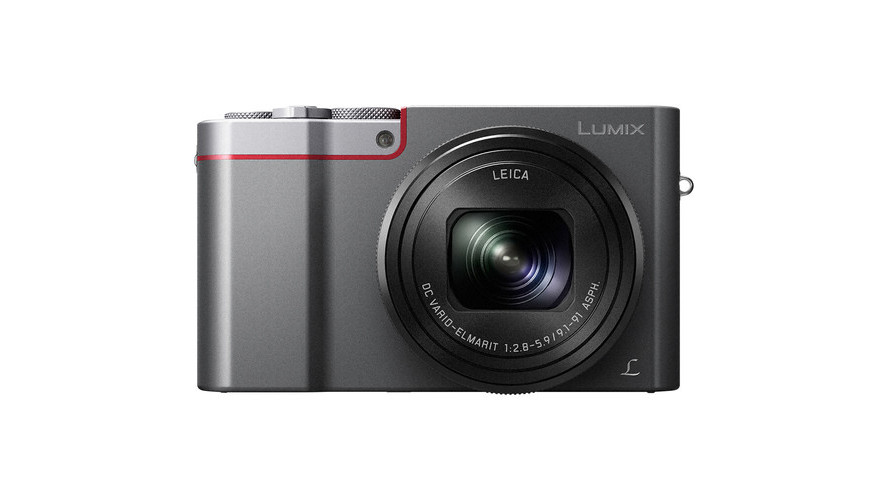
While the Panasonic Lumix ZS100 isn’t completely pocketable, you’ll slip it into a small bag without any issue, and you won’t be too bothered by the weight. It’s a little heavier in the hand than it looks, which is a testament to the fact that there’s some solid metal in the build, not just cheap plastic.
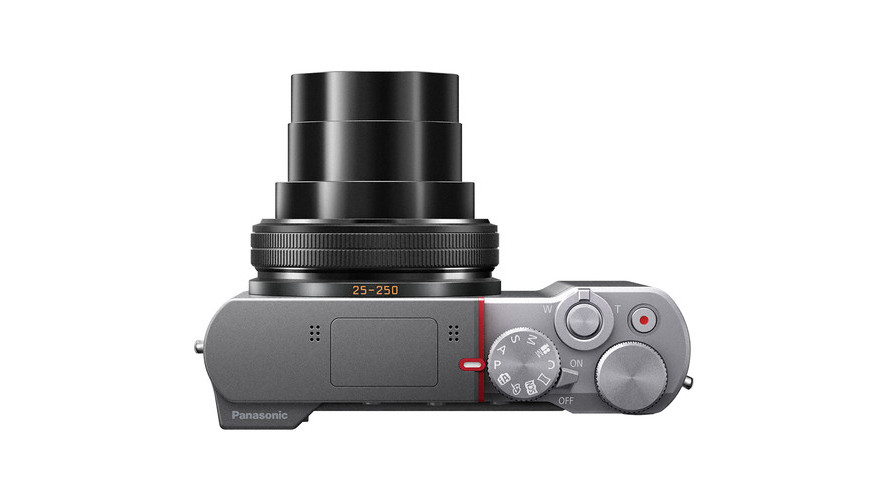
Control-wise, there are plenty of customisable buttons you can map your preferred settings to, as well as a lens ring, which I personally always appreciate having. You can compose using the rear LCD or the electronic viewfinder – and in all honesty, you’ll probably use the LCD. The electronic viewfinder on the ZS100 is not one of its best features – it’s small, and prone to colour tearing. It’s markedly inferior in sharpness and clarity to the kind of viewfinders you get on similar compacts from Sony, like the RX100 series, though those cameras are quite a bit more expensive, so you do get what you pay for here.

Part of me wonders if Panasonic would have been better off leaving the viewfinder out entirely, like Canon did with its smaller 1-inch sensor compact, the PowerShot G9 X Mark II. Then again, I’m someone who doesn’t mind composing images with the LCD – if this is a dealbreaker for you, then it might be best to consider a different compact.
The Lumix ZS100 is not the easiest camera to hold – there’s a reason that when the ZS200 rolled around, Panasonic saw fit to add a handgrip. Still, its shooting ergonomics are superior to those of a smartphone, and the lightness of the camera mean it’s a good candidate for a wrist strap.
Panasonic Lumix ZS100/TZ100 review: performance
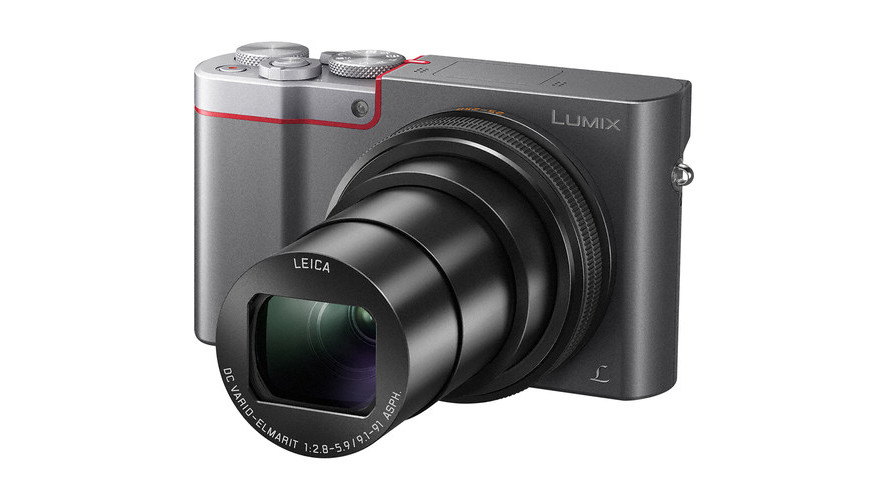
For such a small camera, the Lumix ZS100 definitely impresses when it comes to image quality. In Fine JPEG mode, I found it would consistently capture images with vibrant colours and a good level of saturation – exactly the kind of pop you want for travel shots. It offers RAW shooting, and in-camera conversion, for those who like to shoot on the safe side and retain maximum information for post-processing. That is probably a minority of the people who are going to use this camera, but it’s good to have the option.
The automatic noise reduction on JPEG files is, I would say, a touch too aggressive. Punch the ISO above 400 or so and you may start to notice some overzealous sharpening if you zoom in at 100%. It’s only going to be a real issue if you plan to print large versions of your images though – for most purposes, it’ll be fine. The high-ISO performance of the ZS100 is on the whole pretty good, so you certainly shouldn’t be afraid to punch it up a little if available light starts to drop.
For a camera like this to work, the zoom lens needs to be good enough at every end, and the ZS100 acquits itself well here. There’s a pleasing amount of detail even at the far end of the 10x zoom, meaning you’ve no reason not to use it if you want to get a bit closer. Cameras can be quite frustrating when their box-specs are misleading due to poor quality at the extreme ends – no such issues here. Zoom with confidence.
There are lots more plus points I can give to this camera – the 'Depth from Defocus' autofocus system works really well in most situations, with fast acquisition and minimal hunting, even when shooting continuously. Really, the best thing I can say about the Lumix ZS100 is that it just works – everything just works well, without too much need for fiddling, which is exactly what you want from a travel camera.
Panasonic Lumix ZS100/TZ100 review: video
As has been customary for Panasonic cameras for some time, the Lumix ZS100 can shoot 4K video, and it’s really very good. What’s more, it uses its 4K video capabilities to add clever extra features, like the Post Focus, which lets you select a focus point in an image post-capture. It works by shooting a continuous video racking focus over every part of the scene, and then allowing you to tap the part you want to be sharp. It’s clever stuff, and is a great way to cover your bases when shooting a tricky subject that requires some focusing precision.
Being able to record 4K UHD video in 24p or 30p with a bit rate of 100 Mbps is certainly nothing to sneeze at, though the lack of a mic socket or a headphone socket probably bars the Lumix ZS100 from consideration as a serious video camera.
Panasonic Lumix ZS100/TZ100 review: verdict
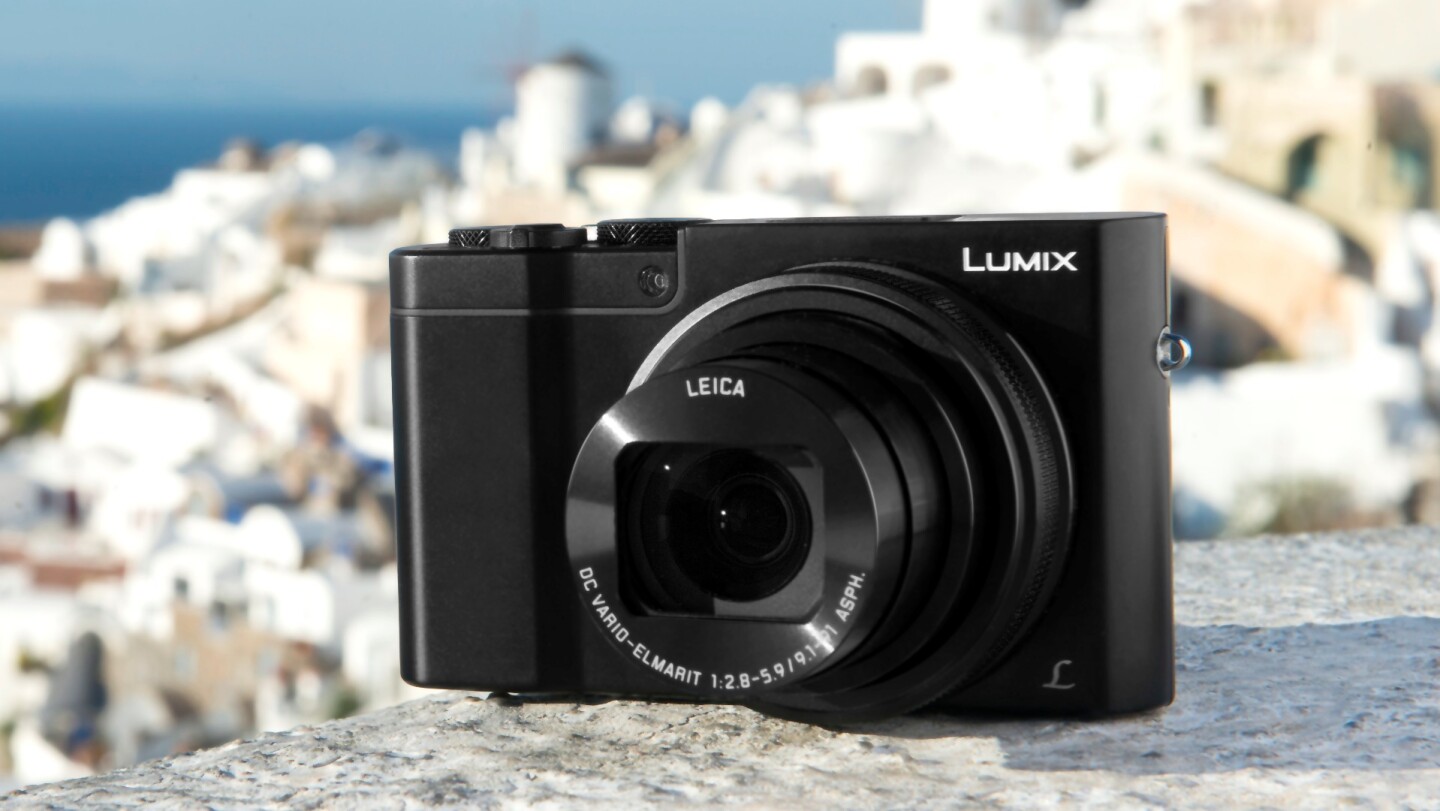
Even so many years down the line, the Panasonic Lumix ZS100 is still a really good travel compact, and in my opinion it offers brilliant value for money. I still recommend it frequently when asked for advice on good travel cameras, and bought it as a present for someone just last Christmas. That person has used it constantly since, and barely ever takes photos with their smartphone any more.
Unless the day comes when someone figures out how to pack a 1-inch sensor and a high-quality 25-250mm optical zoom lens into a smartphone, there will always be a place for a compact as well-made as the Panasonic Lumix ZS100.
Read more:

Thank you for reading 5 articles this month* Join now for unlimited access
Enjoy your first month for just £1 / $1 / €1
*Read 5 free articles per month without a subscription

Join now for unlimited access
Try first month for just £1 / $1 / €1
out of 10
Superb for travel and wonderful for taking everywhere, the Panasonic Lumix ZS100/TZ100 is a great camera for anyone who’s fed up with the physical limitations of a smartphone. The image quality from its 1-inch sensor is surprisingly good in all different situations, and the clever 4K video features genuinely expand its versatility. The viewfinder is a bit rubbish, but if that doesn’t bother you, this is a camera to take on every trip.

Jon is a freelance writer and journalist who covers photography, art, technology, and the intersection of all three. When he's not scouting out news on the latest gadgets, he likes to play around with film cameras that were manufactured before he was born. To that end, he never goes anywhere without his Olympus XA2, loaded with a fresh roll of Kodak (Gold 200 is the best, since you asked). Jon is a regular contributor to Creative Bloq, and has also written for in Digital Camera World, Black + White Photography Magazine, Photomonitor, Outdoor Photography, Shortlist and probably a few others he's forgetting.
